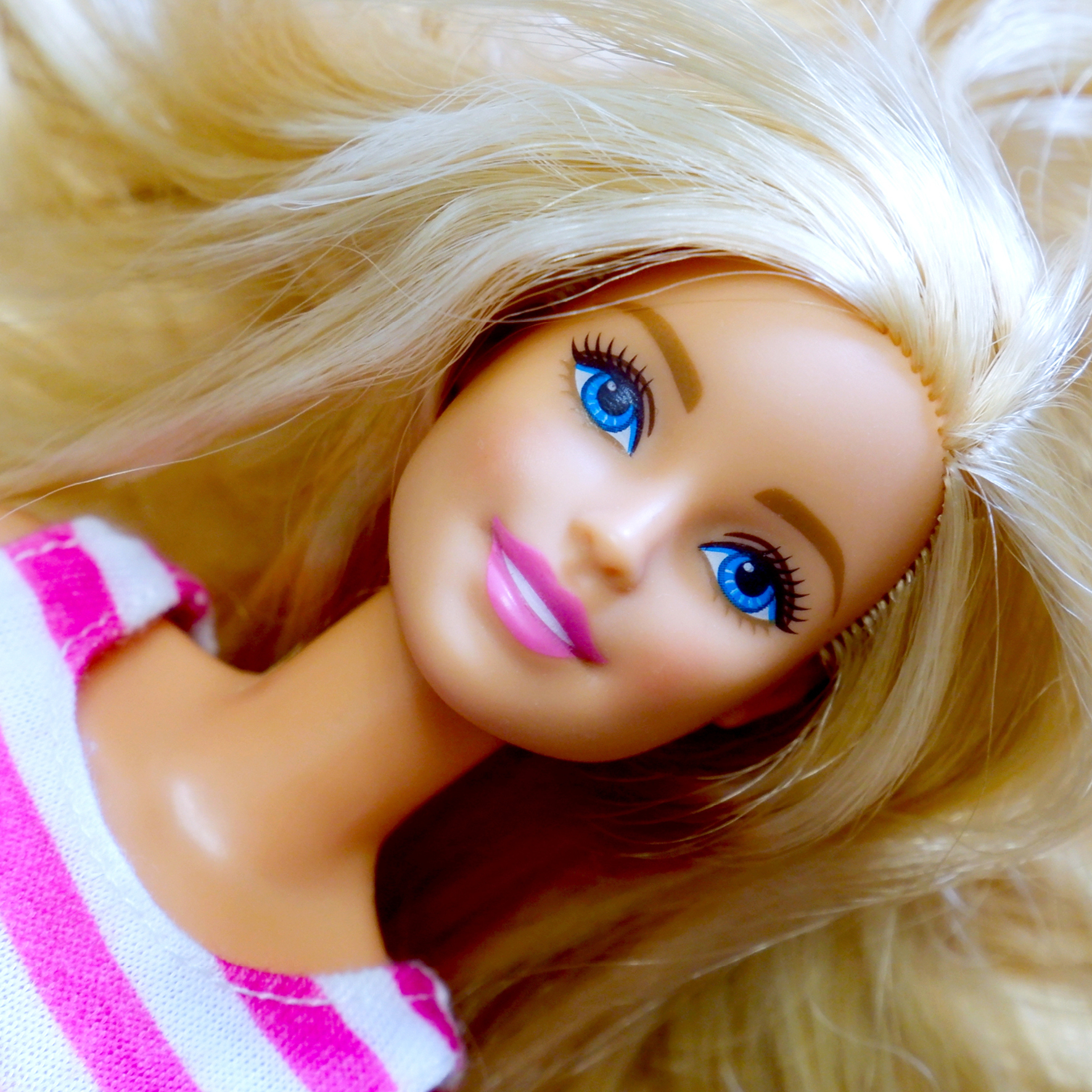Pink. It was once viewed as the solitary color with which to express femininity. But as we get closer to the July 2023 release date of the Barbie movie, you can expect to see a whole lot of it being peddled under the label “Barbiecore.” Although what Barbiecore really means beyond the sale of ensembles that are heavy on hot pink and a whole lot of skate rink flair is largely up for interpretation.
“Barbie” is a popular brand of dolls and doll-themed merchandise from the toy production powerhouse, Mattel, Inc. To date, the company has sold over a billion dolls worldwide. Now we’re staring down the barrel of a “Barbie” live-action movie launch featuring heavy-hitting stars Margot Robbie and Ryan Gosling. The film has been under wraps, so we can only assume it will be a Greta Gerwig-directed over-the-top fantasy send-up of the world of Barbie with a rumored storyline of Barbie escaping her doll fantasy world only to find herself overwhelmed with reality. It only makes sense that “styles” from the film are inundating the fashion landscape this summer led by Valentino pink. And bubble-gum pink is appearing in the home sector with retro décor.
But what exactly is “Barbiecore,” short of a cotton candy explosion? What role does the new, updated Barbie play in children’s lives and dreams? How will adoption differ by demographic –– will it be a Gen Z-only fad, or will millennials (and their children) and Gen X be on board for this one, too? Let’s take a look.
What Does Barbie Mean to Generations of Consumers?
The Barbie doll was first introduced in 1959 and has since become an iconic figure, both in the toy industry and for those suffering from body dysmorphia worldwide. Barbie is known for her fashion-forward clothing and varied career choices, particularly around the time of the doll’s inception, when women had very few options professionally. She also came equipped with the perfect Ken and his equally perfect body and a series of Dreamhouses and pink convertibles. The package was both fantasy and a perverse aspirational model for little Boomer girls before the glass ceiling became a household term.
Beyond the body cliché, Barbie dolls come with various professions. More recently, they come in various ethnicities. And much more recently, they come in a range of four different body types. (We’ll go deeper on this in a second.) In the past eight years, the Barbie franchise that was once so resistant to inclusivity has doubled down on wokeness and made a play for the fashion industry, the aftershocks of which led to the Barbiecore resurgence that we’re experiencing today.
Are Millennials Ready to Forgive Mattel?
Does my narrative feel a little biased here? It admittedly is. Perhaps that’s because, like many of us, I grew up in a time where buxom, shockingly thin, blonde-haired, blue-eyed doll women were the only standard of beauty. This standard exemplified to an uncomfortable degree, adult film-worthy body proportions for the dolls I grew up with. Today’s parallel is Kim Kardashian becoming the nation’s beauty standard, which changed the lives of women who look like me. Not blonde. Not pale. Not blue-eyed.
We Need to Talk About Barbie
You’d have to be living under a rock not to have been made aware of Barbie’s unrealistic proportions.
As the next generation continues to push for diversity and inclusivity, what is now being called the “classic” version of the Barbie doll looks increasingly out of touch. Yes, in 2016 Mattel did unleash dolls with three other sets of proportions: A petite Barbie, a curvy Barbie, and a tall Barbie. But Barbie was a late adopter of inclusivity. One could call Mattel the Victoria’s Secret of toy companies –– they became inclusive a decade after other companies made inclusivity the norm.
The bottom line? A human being with the “classic” Barbie proportions has yet to exist without the help of a surgeon. Many prospective customers continue to take offense with this body image fact, and I’m among them. Diversity should be part of a brand’s ethos, not a reluctant nod toward the health of women. MGA’s Bratz dolls were created by a Barbie veteran. There was a huge lawsuit between Mattel and MGA with hundreds of thousands of dollars in the mix. The New Yorker covered this in 2018: “The feud between Barbie and Bratz occupies the narrow space between thin lines: between fashion and porn, between originals and copies, and between toys for girls and rights for women.”
What Does “Barbiecore” Mean Today?
Barbie products can be found in retail stores worldwide. You can find them in toy stores, department stores, and at online retailers. Barbie’s presence extends way beyond dolls, with branded clothing, accessories, playsets, etc. Barbie-inspired merchandise at fashion houses and “millennial pink” has certainly gotten a neon infusion on runways this year. And then there’s the pop-up Malibu Barbie Café in New York with a nod to 70s beach culture. Wear Barbie, eat her nostalgic meals, and immerse yourself in pink.
Barbie has already been the subject of over 40 computer-animated movies, starting with Barbie in The Nutcracker in 2001. These movies feature Barbie in various roles and settings, going on adventures, teaching life lessons, and promoting “positive values.” In 2019, Mattel released a line of gender-inclusive Barbies. But these aren’t the Barbie characters starring in films.
Barbiecore is a nostalgic lark, even with its subtext of body bias and beauty memes. What you can’t count out is the potential backlash of women who find it offensive in the serious public discourse (think TikTok and social) about pressures on body image and conventional, unobtainable beauty. I say let’s see some Barbie Lizzos, Eliot Pages, and some Ali Wongs. Maybe then, and only then, can we talk about integrating some neon pink pieces into all our wardrobes.




